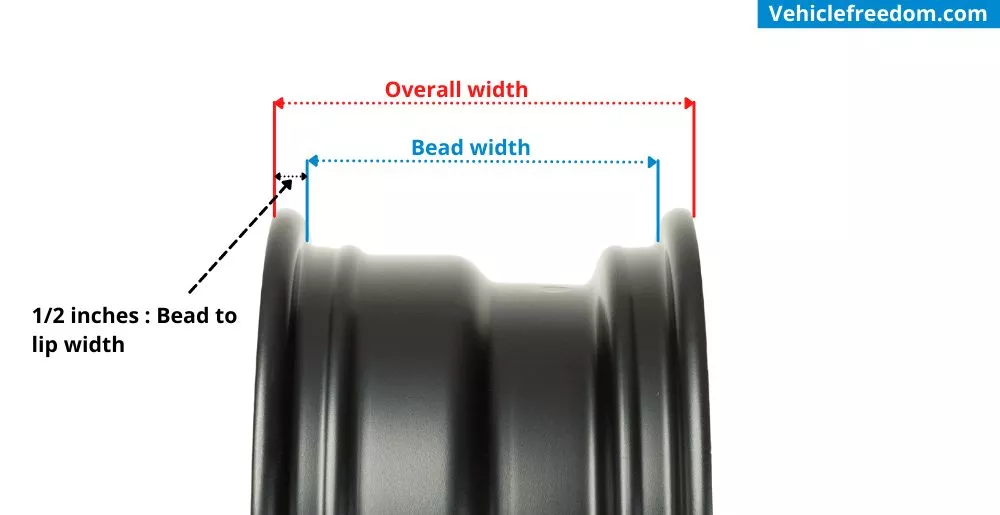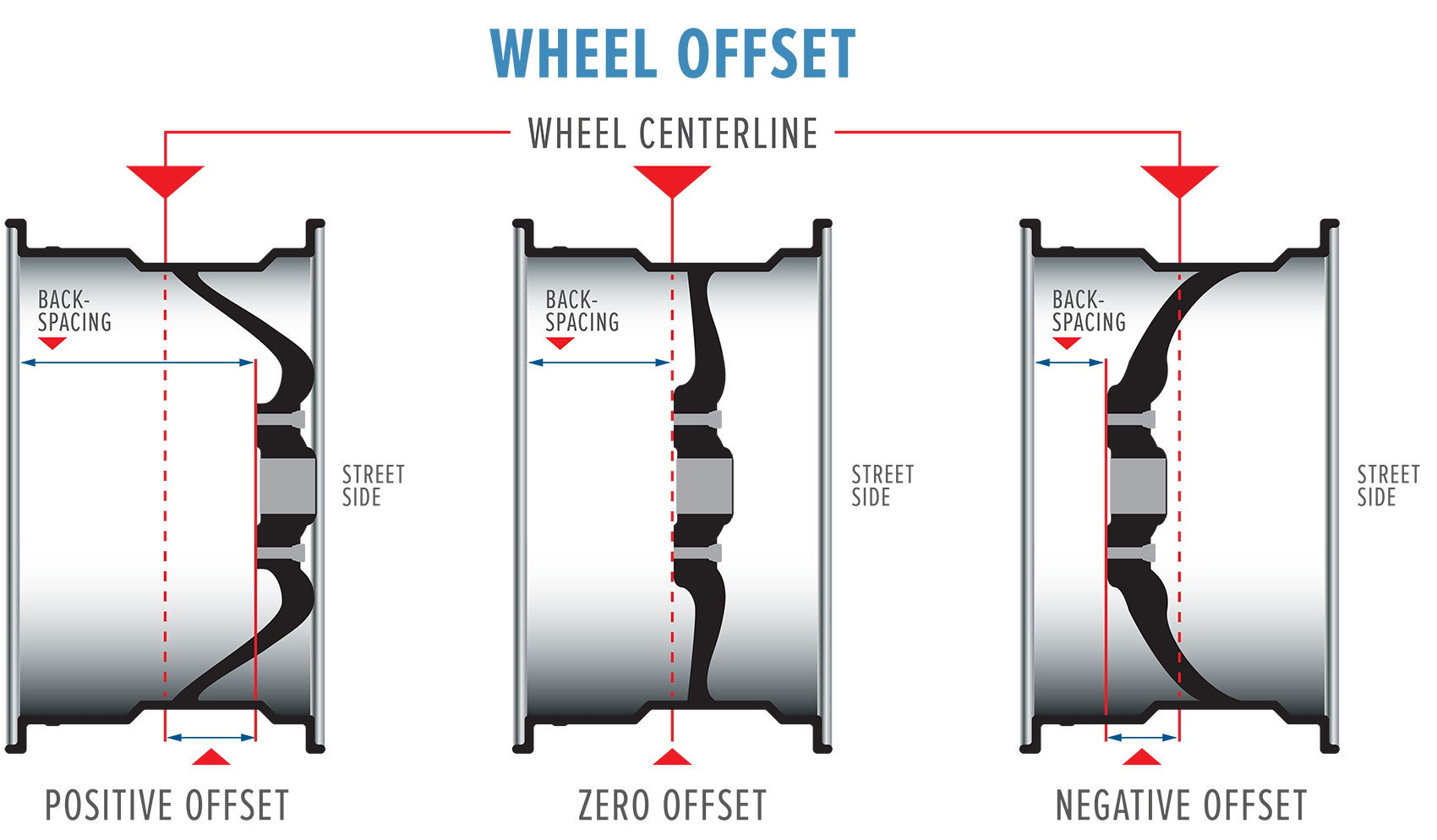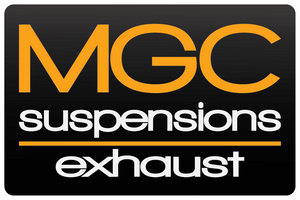At MGC Suspensions we sell suspension and exhaust upgrade components. We actually don't sell wheels.
But we do understand that any car enthusiast who has shopped for exhaust or suspension parts to customize their vehicle, has most likely done some shopping for aftermarket wheels as well.
See if this sounds familiar: You are online shopping for some fancy new wheels and you see one that would look great on your car.
As your begin to order the wheels you quickly realize there is information you need to have to ensure proper fitment.
You most likely will know the wheel diameter you need, no problem there.
But you may notice you don't have some of the answers required, and even some terms you're not familiar with.
Specifically, the terms offset, backspacing, or ET.
What do these terms mean? Why are they important?
We will explain in basic terms.

Wheel Offset Explained
When shopping for wheels you will see common descriptions like 19x9 -40mm.
What do these number mean?
The first 2 numbers are easy to understand: 19 is simply the outside diameter of the wheel. Today these diameters will range from 16" all the way up to 24"
The second number, 9 is the width of the wheel.
It's important to note the true width measurement isn't from outside edge to outside edge, rather the distance from one side tire bead seat to the other.
Typically and extra inch needs to be added to consider the overall width for clearance.

The 3rd number is the wheel offset in millimeters. Usually listed as a - or +
Wheel offset is basically the difference in millimeters from the wheels true center line and the wheel mounting face (where the wheel bolts to the car)
The wheel offset diagram below shows positive and negative wheel offset.
Wheel offset calculators are typically available on sites that sell aftermarket wheels.

As offset pushes the wheel mounting face towards the outside of the car (setting the wheel deeper) this is positive offset (+40mm for example).
As the wheel mounting face is pushed towards the inside of the wheel (setting the wheel further out and possibly past the body line of the car) this is negative offset. (-25mm for example)
As a basic explanation, wheel offset is the positive or negative shift of a wheels mounting face away from its true center line.
Moving the mounting face towards the brake side is negative offset.
Moving the mounting face towards the outside of the car is positive offset.
This "offset" of the wheel mounting face will determine where the wheel sits in the wheel well.
Most factory wheels will have their offset listed as an "ET" number.
Do a search on the web for your vehicles factory ET offset numbers. This will give you a good starting reference when ordering new wheels.
If you are shopping for wheels and come across "ET" that is simply another name for offset.
Wheel Backspacing Explained
So, if offset can accurately determine wheel fitment and help you get the exact wheels you need, is backspacing even needed or important?
The quick answer is no.
Most wheels are fitted by offset numbers now and backspacing really isn't used anymore.
However it is important to know the difference between offset and backspacing as measurements.
Wheel backspacing is the distance measured from the mounting face to the inside edge of the wheel, not the wheel center line (offset)
Wheel backspacing diagrams as well as a wheel backspacing calculator are available online and on wheel websites.
Why its Important
It is extremely important to know the basics of wheel offset and backspacing (offset really) so you can determine if a certain set of wheels you like will fit your car in the first place.
It is also important because the knowledge will help you order the correct offsets based on what look you want.
Lowered cars will typically look better with a slightly more negative offset to push the wheels out a bit.
This will eliminate the need for wheel spacers to achieve the flush look you are probably looking for.
Off-road truck enthusiasts typically go for more aggressive negative offset numbers to push the wheels past the body line of the truck.
Being able to find wheels with the offsets you need will make the buying experience much more enjoyable.
How to Calculate
To calculate wheel offset simply measure from the wheel mounting face to the center line of the wheel.
To calculate wheel backspacing measure the distance from wheel mounting face to the inside edge face of the wheel.
Again, the offset numbers will most likely be used to determine the wheel specs you need.
Results
The results of proper offset and/or backspacing measurements will be instrumental to the results you want to achieve.
Knowing the proper offset numbers will also result in being able to filter out any wheels you like that don't actually fit your car.
Proper fitment also results in the lack of tires rubbing on fenders, suspension parts, steering components, etc.
Benefits
The benefits of knowing what wheel offset and backspacing are and how to measure them will serve you well every time you need to fit new wheels to any car. Giving you a stress free shopping and buying experience.
Many people simply buy the wheels they like and think will fit, but end up having to return them for a properly fitting set.
This wastes time and labor costs. Nobody would enjoy that.

Read all our blog articles for suspension and exhaust content.
You can also sign up for our weekly newsletter to receive subscriber only discount codes, featured products, and links to our latest blog posts.
Follow us on instagram at MGC_SUSPENSIONS

